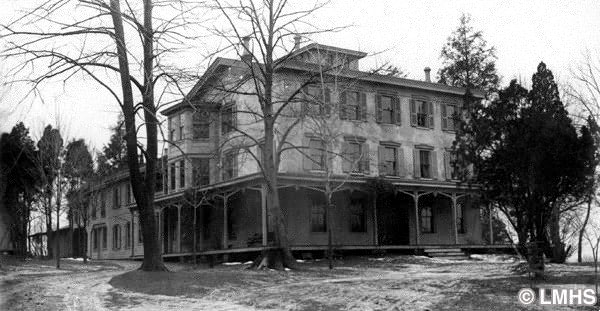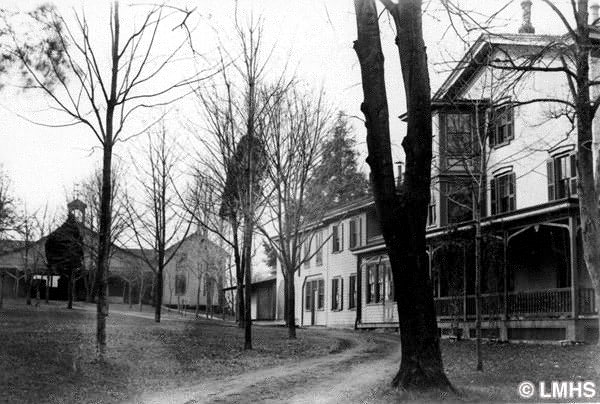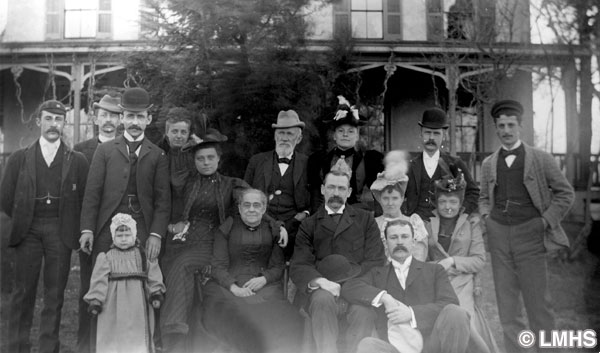William McDowell’s Olinda


William L. McDowell (1824-1897) symbolized the entrepreneurial spirit that swept into Lower Merion in the post-Civil War era with the lightning speed of a fast trotter.
The countdown for America’s 1876 Centennial in Philadelphia had already begun when McDowell became the moving force behind establishing and operating Belmont Driving Park, the harness race course that lured Centennial throngs and decades of visitors to 73 acres where Merion Park now is. He quickly acquired a major farm as track location, formed a syndicate of backers and held its mortgage. McDowell also provided upscale off-track accommodations in a former Price colonial mansion, calling it Maplewood (later named Brookhurst Inn).
This self-made man, born in Philadelphia, was hired as a youth to be a manufacturing firm’s entry clerk. He rose rapidly to become a partner and, in 1869, became its president. Leibrandt & McDowell Stove Company employed 208 people.
Settled at Olinda on 51 acres in Wynnewood c. 1872, the William McDowell household in 1880 comprised wife Mary Abbott and himself, six of their seven children, a son-in-law, grandson, mother-in-law and three Irish servants, before the children built nearby homes of their own.


